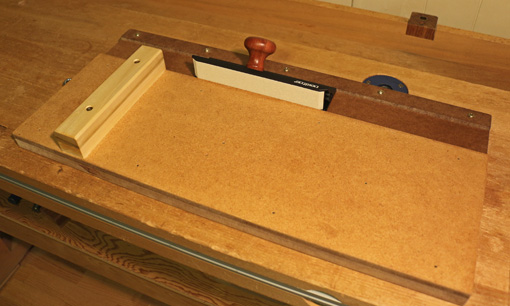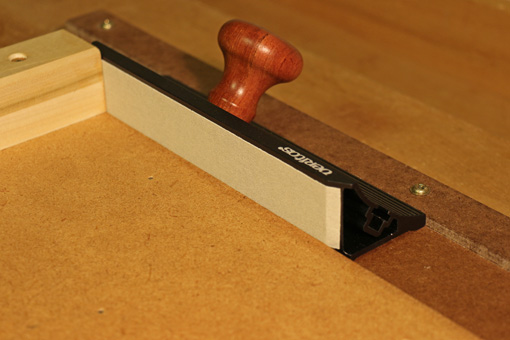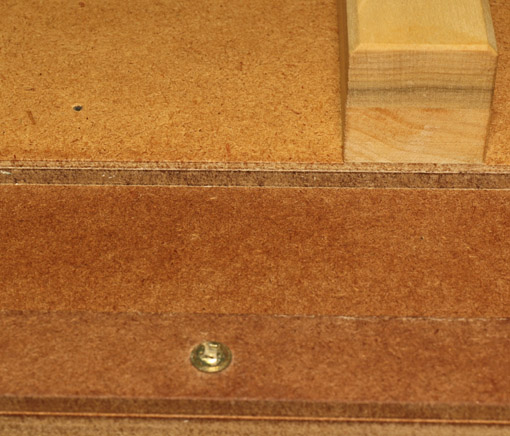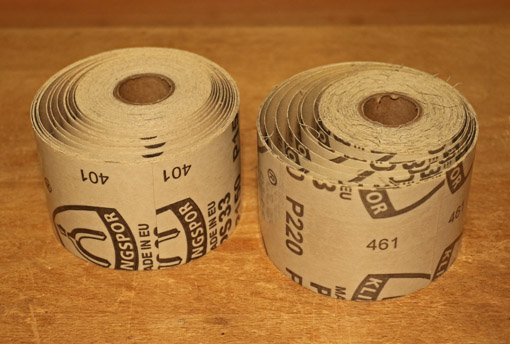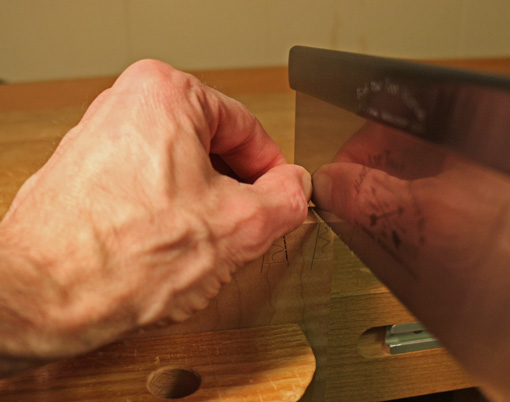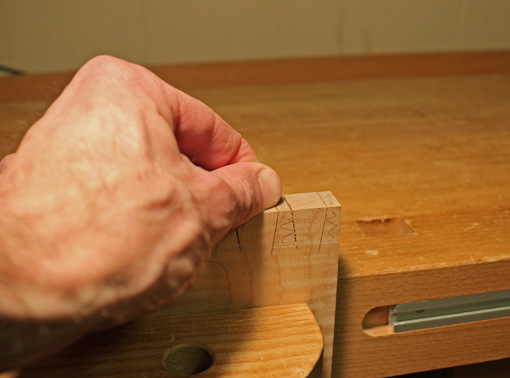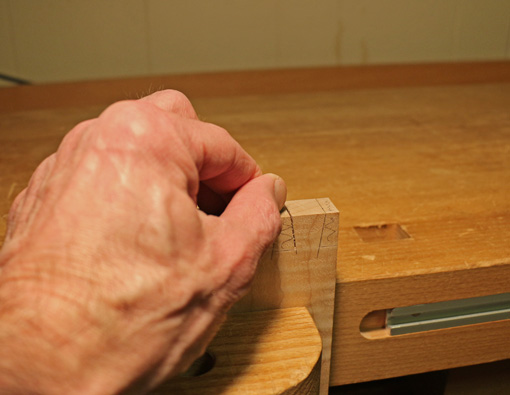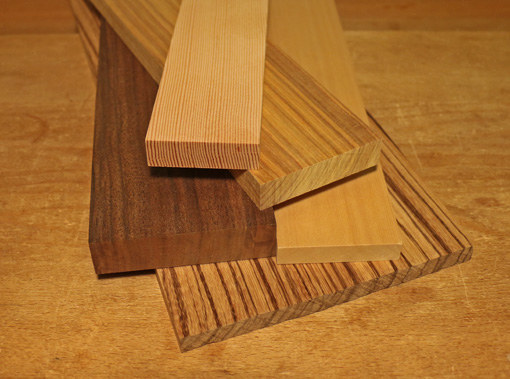
The visual beauty of wood, its warmth to the touch, and lovely sound properties are so enticing that we might neglect the variety of pleasing scents many species have to offer. Smells are registered deep in the primitive brain in the limbic system where they are associated with memories and emotions, so this is a powerful aspect of wood.
When recently working with some nice quartersawn Douglas fir, the aroma brought me back to my youthful days of projects in humble fir plywood and the simple joy of making things. Continuing to nowadays, the particular scent of a species released by its sawdust and shavings is part of the experience of woodworking and thus, in my mind, part of the personality of the piece.
I think of, as examples, the shop being filled with the aromas of walnut or spicy Port Orford cedar or even the unmistakable horse barn smell of zebrawood. Using canarywood recently for the first time was a pleasant olfactory surprise.
Unfortunately, the aromas then usually disappear under layers of finish, unavailable to the end user of the piece. Of course, with most work, especially things like tables, there’s no getting around that. However, in some casework there is an opportunity to add a wonderful aspect to the piece that will be enjoyed for years to come.
Consider using aromatic woods, left unfinished, for interior drawer parts, case back panels or partitions, and box linings. The “cedars,” sassafras, and even pine are some options.
By the way, I avoid using oil or oil-varnish finishes on the interior of cabinetwork. A light application of a hard-drying varnish or thin shellac are better choices.
Pictured above are, from top to bottom, quartered Doug fir, canarywood, Claro walnut (left), Port Orford cedar (right), and zebrawood. But you have to meet the woods in person for the full experience.

